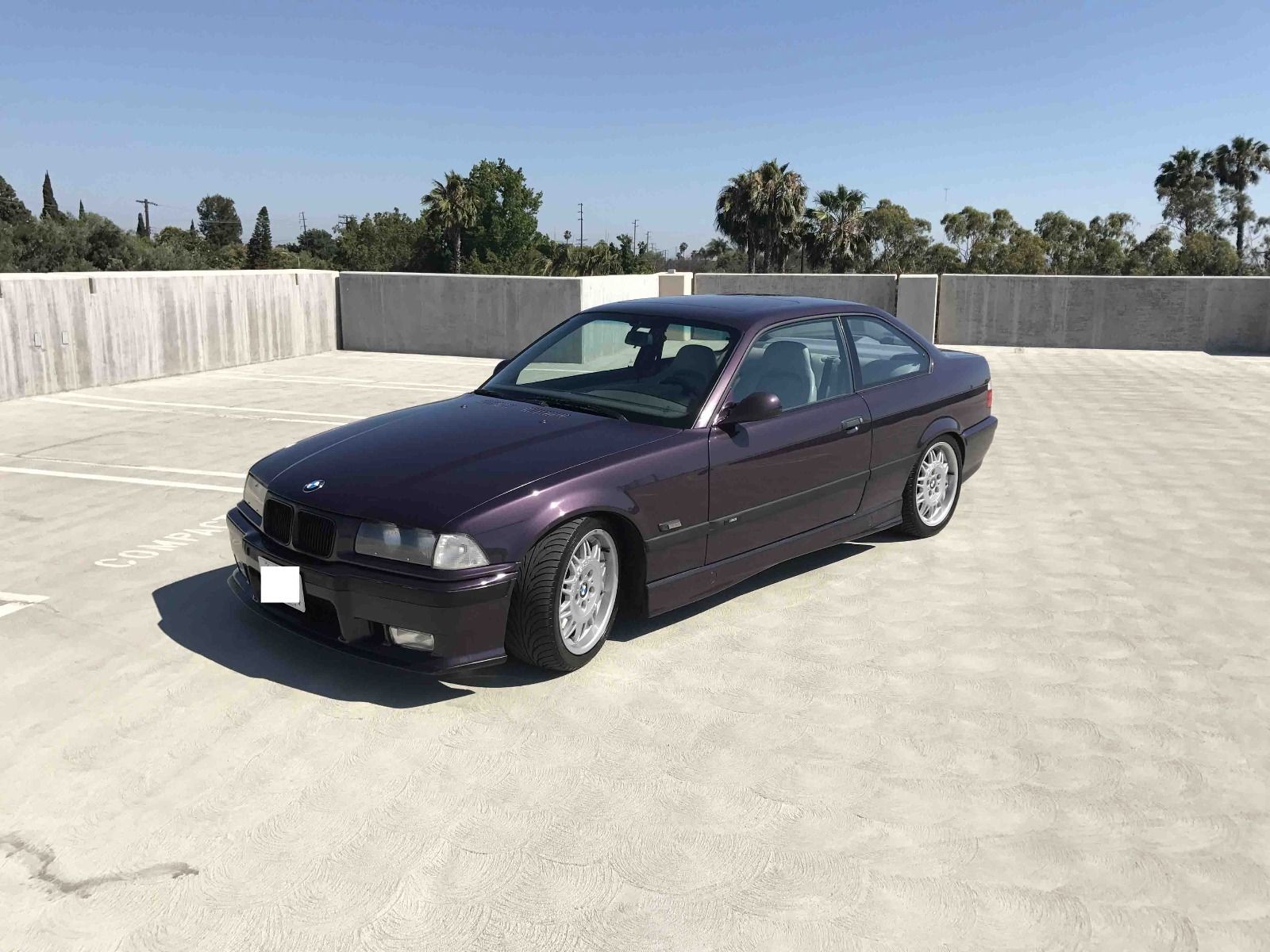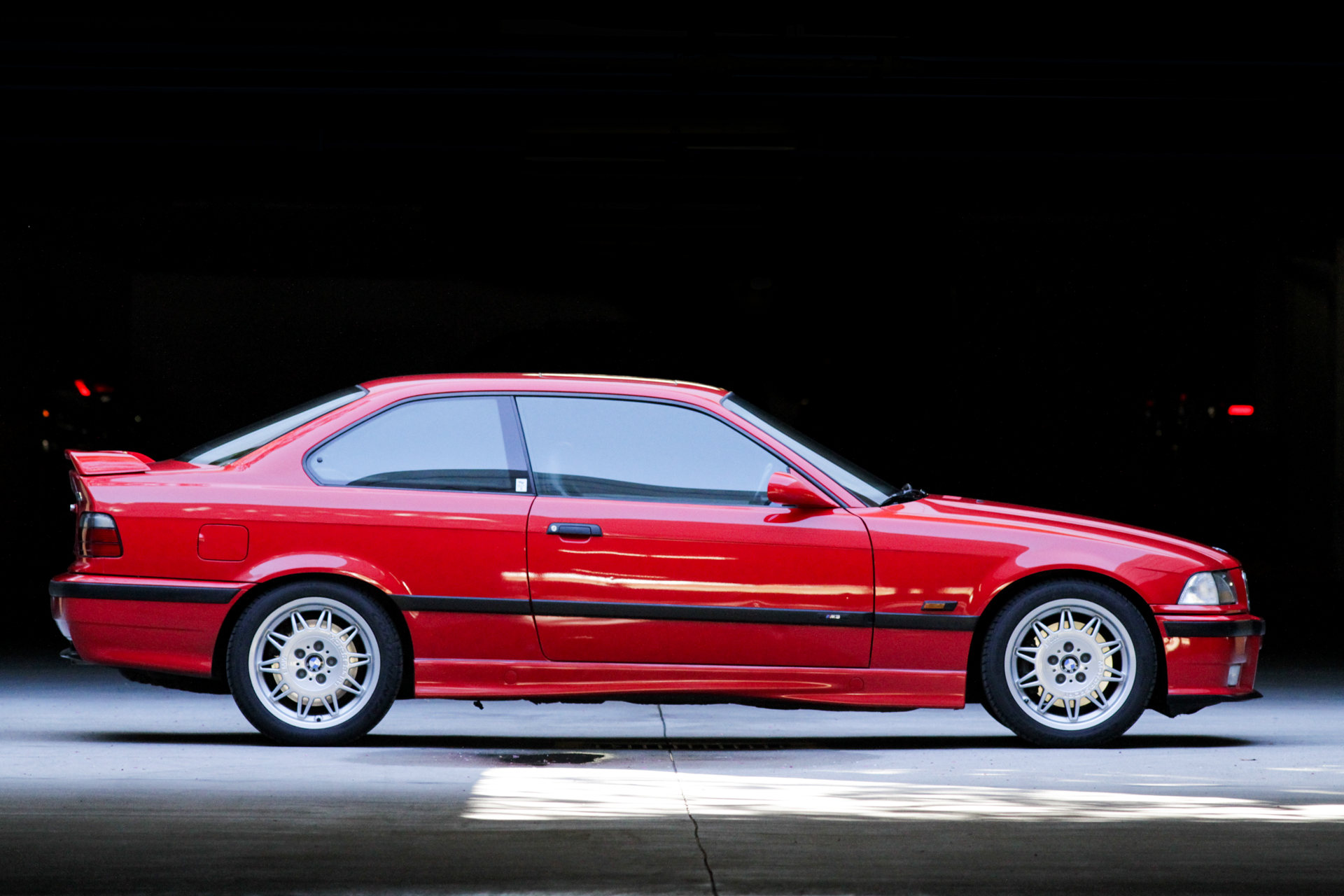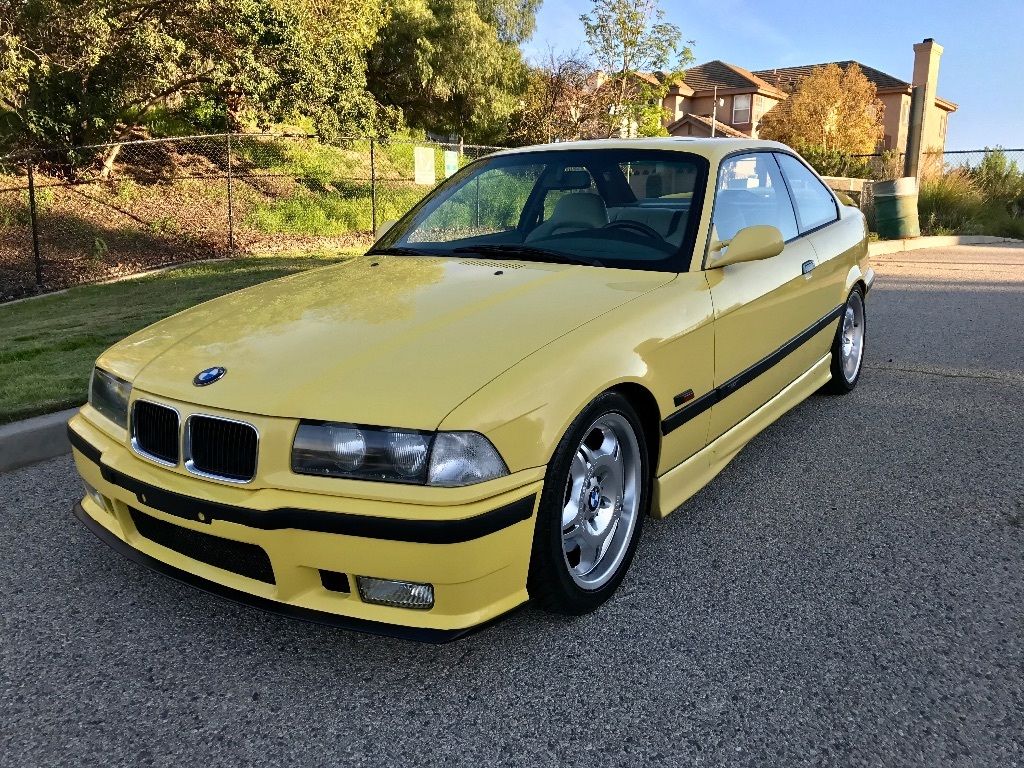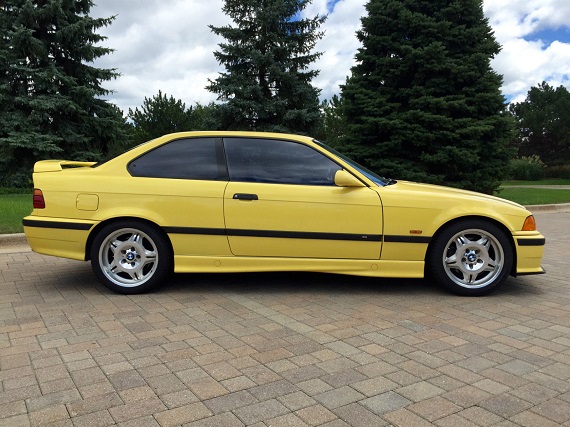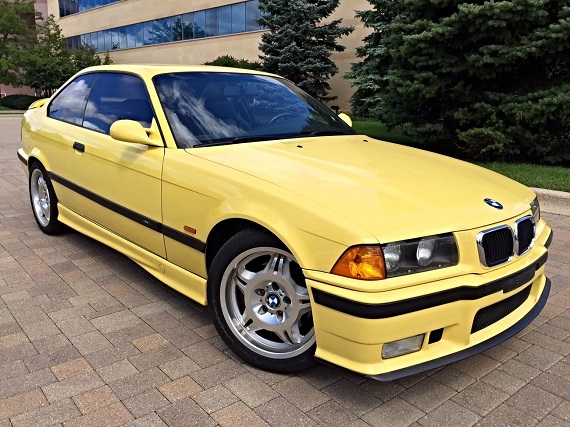As the E30 remains unreachable and E46 pricing quickly heads upwards, the E36 remains a slightly less-appreciated alternative that is affordable for most enthusiasts. While it’s still possible to find wrecks of the popular chassis for only a few thousand dollars, if you’re willing to spend a bit more you can still find reasonably priced and clean examples. Admittedly, the pool is drying up as speculating vultures start to circle what was once an oasis of cheap speed. But this early ’95 in a fetching (and rare) color combination is more than just a distant mirage:
Tag: Vaders
The U.S. version of the E36 chassis Motorsport offering has steadily begun to emerge from its “also ran” position in the category of favored M products. It has languished in value since the introduction of its replacement, the wildly popular and more aggressive E46 M3. Long derided for being a bit too cost-conscience of BMW, the reality is that the car that came to the U.S. might have been a bit better.
Yes, I just said that.
It is true that the North American M3 made due with a less powerful and certainly much less exotic motor. The U.S. S50, based upon the 325i’s M50, displaced the same 3 liters as the European S50B30, but the two differed in nearly all other aspects. Only items like the oil filter are shared between the models; in Euro guise, the engine sang with individual throttle bodies. The engine also sported the trick continuously variable VANOS system to optimize performance. After finally being convinced to bring the second generation M3 to North America, the news came down that the western-bound motor would be less exotic; static VANOS, lower compression, and no individual throttle bodies.
Frustrated though enthusiasts may have been to not be getting the “true” model, many were just happy it was coming here at all. But the amazing thing was what the USA motor offered. At 240 horsepower, it was indeed 46 down on the European cousin. Yet other numbers told a different story; torque was nearly the same between the two, as was weight, and the real advantage of the Euro motor was only quite high in the rev range. That meant acceleration in the real world was effectively identical between Euro and USA models. Sure, you lost a bit of top speed – but where in the U.S. were you hitting 155, anyway?
The cost-cutting measures meant that the U.S. specification M3 came to market at a much more reasonable price than the European example. For under $37,000 out the door you got almost all of the performance of the pricier Euro model, the same looks, and to top it off, the S50 USA was cheaper to run. In terms of real world practicality, the E36 M3 was a winner then, and has been a winner ever since. With more than 10,000 produced for the U.S. market, the BF93 model was an instant hit and renewed the established benchmark of the performance category:
CLICK FOR DETAILS: 1995 BMW M3 at Modern Classics
6 CommentsA little over a year ago, I took a bit of a gamble and plunged into M3 ownership. At the time, I was reasoning that the E46 market wasn’t likely to dip much lower in the immediate future, as the E36 market was already trending upwards. As a result, I paid (what I felt was) a reasonable premium for a low mileage, excellent original condition example in a very rare color. At least on the surface, it would seem that my decision was correct; since purchasing that car, some E36 sales have gone through the roof as documented on these pages. Further, E46 sales of clean, original examples (especially 6-speeds) appear also to be heading upwards, as witness by the 2003 currently on Bring A Trailer. With a few days to go, bidding is past $25,000 – money that until now was considered reserved only for the Competition Package cars.
But back to the E36 market and this particular example. The cars that have pulled really strong numbers in the second generation M3 are the European specification models or the super-limited Lightweight edition. Still, that doesn’t mean that a clean normal U.S. specification M3 also isn’t heading upwards. Take this early ’95, for example:
CLICK FOR DETAILS: 1995 BMW M3 on eBay
4 Comments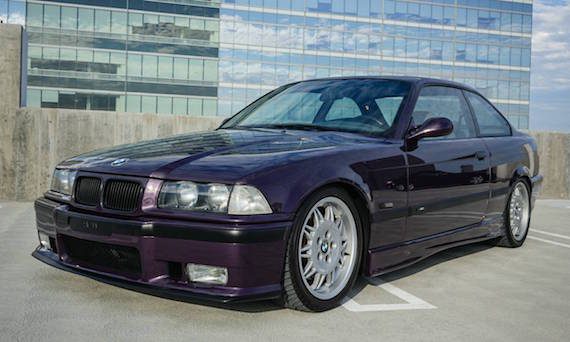
Alex over at Car Throttle recently posted a neat video entitled “10 Things I’ve Learnt After 1 Year Of E36 M3 Ownership” (h/t to Jalopnik).  He talks about lusting after the M3 as an “affordable dream car” only to find that, when he finally gets his hands on one, he doesn’t fall immediately in love with it. All is not lost however: after spending some time with the car (including a number of weekends in the garage spent fixing all the things that go wrong with it), he’s slowly won over by its charms as a car that’s equally at home on the track or loafing across great distances. While US market cars were famously “neutered” by a less powerful motor than the one offered in their European counterparts, even without individual throttle bodies the E36 M3 remains a relatively fast, fun and capable car that can be picked up for not too much money. Increasingly, the challenge is to find one that hasn’t been beat into the ground or saddled with hideous mods.
CLICK FOR DETAILS: 1995 BMW M3 on San Diego Craigslist
Comments closedThe value of E36 M3s has been much debated over the past few years, with detractors snickering and deriding every asking price and speculators suggesting their worth is many times the average selling price. While it’s true you can find cheap E36 M3s, the question remains – where is the market going on these cars? The result of their relatively low value for such a protracted period means that today there just aren’t the glut of good examples that there once were, so when a really nice one comes along, now too do the bids. Case in point – today’s 1997 Coupe. A quick search of my local Craigslist ads suggests I can buy one of these for $6,500. No, actually, I can buy four of them, all for $6,500 (or less). So why would I pay more for this one?

